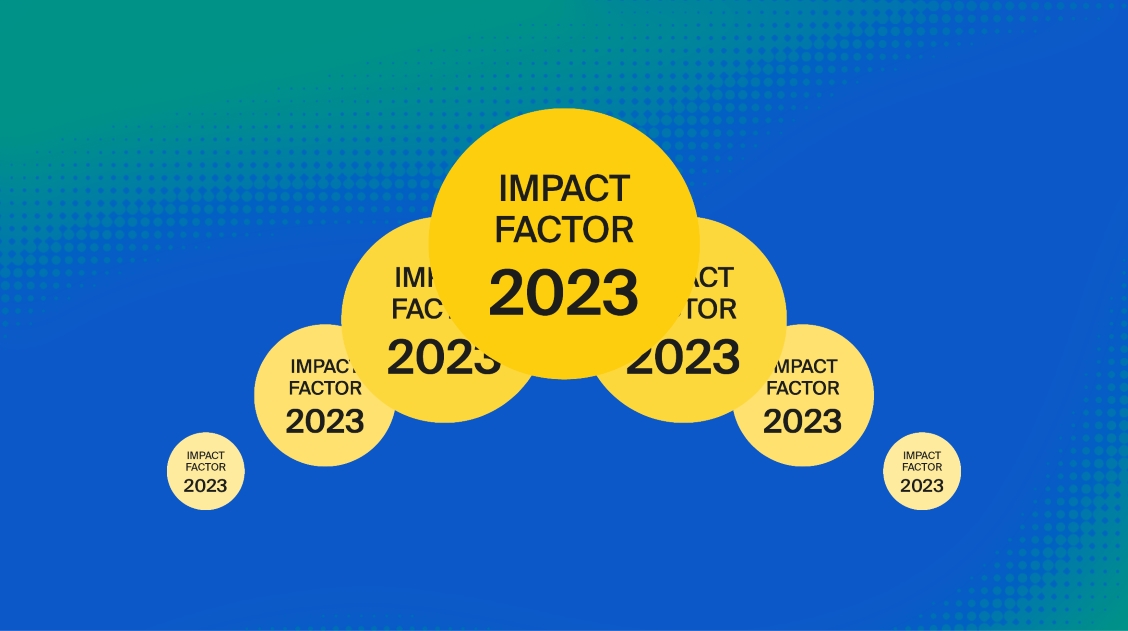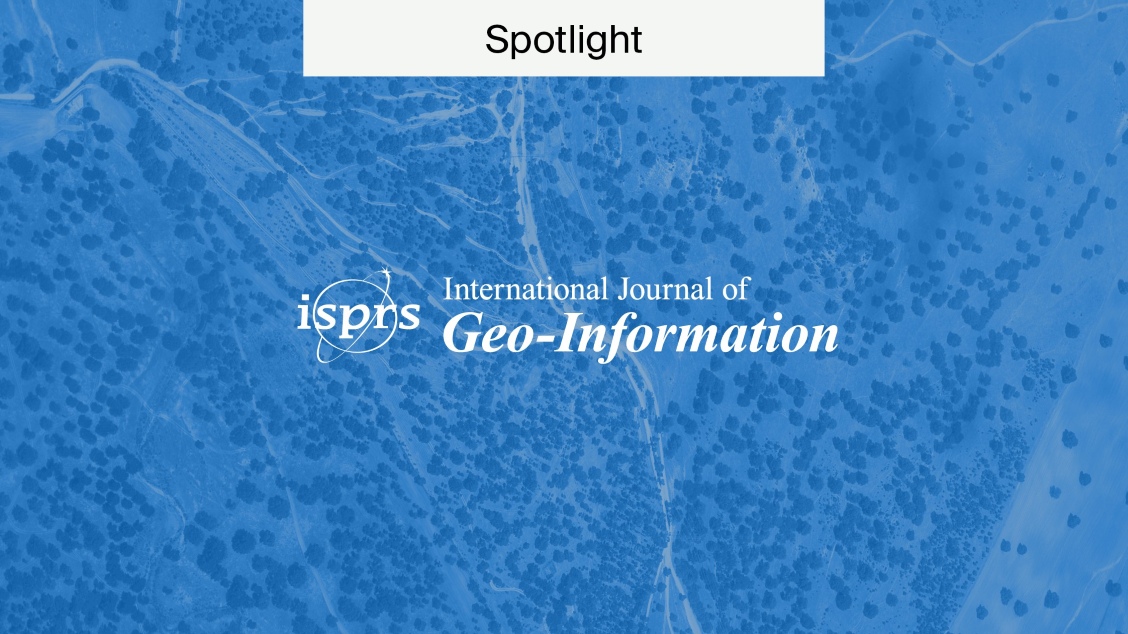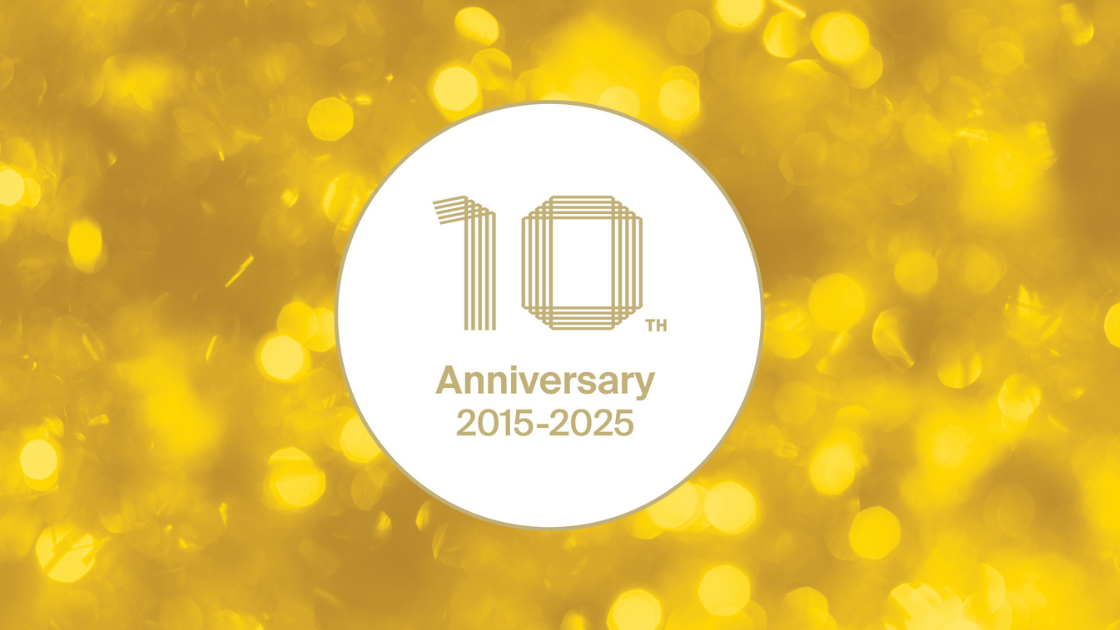
MDPI’s Growing Impact
June marks the release of both Impact Factors and CiteScores for scholarly journals. These metrics demonstrate MDPI’s growing impact across various disciplines. As a pioneer in Open Access publishing, it is encouraging to see that the scholarly community continues to show trust in MDPI and choose its journals to publish their high-impact research.
This article reflects on MDPI’s Annual Report and explores how scholar’s positive experiences are reflected in the new journal metrics releases.
MDPI stepping stones in 2023
MDPI’s goal in 2023 was to strengthen editorial policies. This involved MDPI’s journals allocating more resources to the pre-screening process of newly submitted articles and revising the scopes of journals. Moreover, MDPI focused on supporting its institutional partnerships and continuously improving our services to ensure they meet the highest standard.
Stefan Tochev, CEO, commented
Reflecting on our incredible journey at MDPI, 2023 has been marked by growth in paper submissions, ambitious projects and initiatives aimed at improving our internal processes and delivering top-notch services to our scientists.
Besides the impressive numbers of papers published (285,244) and rapid time from submission to publication (6 weeks), some of our most encouraging results came from our community feedback surveys, which had 64,685 responses:
- 95% of submitting authors rated their experience with the MDPI publication process as excellent or good.
- 82% of reviewers rated our editorial service as excellent or good.
- 85% of our guest editors rated their experience as good or excellent.
Seeing such high numbers for positive experiences from scholars working with MDPI is great. And we can see more, with personalised examples in the new Testimonials sections on journal homepages. These feature comments from editors, reviewers, and authors sharing their firsthand experiences working with our journals.
Positive experience, growing impact
As a leading Open Access publisher, MDPI is dedicated to connecting with the scholarly community and serving their best interests. Our priority is to ensure that scholars have a positive experience working with us, while also maximizing the visibility and impact of their research.
By creating a positive environment, MDPI’s journals attract scholars who want to publish their cutting-edge research. The releases of Impact Factors and CiteScores in June 2024 highlight the positive culture and growing influence of the science published with MDPI.
Impact Factor
Impact Factor is a metric developed by Clarivate that represents the average number of times articles are cited in a particular journal within a specific timeframe. It is updated every year. The metric supports the ranking, evaluating, categorising, and comparing of journals.
Ahead of the release of the Journal Citation Reports (JCR) by Clarivate, MDPI surveyed the scientific community, asking, “Do you consider the Impact Factor of a journal when deciding where to publish your research?” A significant 78% of respondents confirmed that Impact Factor is a key factor in their journal selection process. This highlights the importance of these metrics in the publication process.
MDPI’s 2023 Impact Factors
Impact Factors are important metrics for scholars, often being the deciding factor for which journal to publish in. MDPI’s 2023 Impact Factors are positive:
- 237 MDPI journals (up from 208 last year) were awarded a Journal Impact Factor (JIF) in the 2024 JCR release. Of the 236 ranked MDPI journals, 72% (171) are above average, in either Q1 or Q2 in at least one category.
- 139 Emerging Sources Citation Index (ESCI) journals are included in the new unified rankings for the first time, 17 of which ranked in the top 25% in their respective category and another 65 ranked in the top 50%.
- 29 journals (all ESCI) have received a JIF for the first time, accounting for more than 5% of all the journals accepted into the Web of Science last year.
- MDPI has had another 41 journals accepted into ESCI this year, which will be assigned Impact Factors in the 2025 release.
More journals have received their Impact Factor scores, which are displayed in the top-right corner of a journal’s homepage.
The Editor-in-Chief of the Journal of Clinical Medicine (JCM), Professor Dr. Emmanuel Adrès Professor Dr Kent Doi, described Impact Factor as “very important for academic researchers or clinicians”, and that a “high Impact Factor is related to: high number of journal readers, high number of journal citations”.
CiteScore
When evaluating journals, one must compare them to other journals and use different metrics. Conveniently, June also marks the release of the CiteScores, which similarly measure impact through citations using a different equation.
CiteScore metrics are developed by Elsevier as an alternative to Impact Factors. They measure the citation impacts of journals and can be accessed freely on Scopus source profiles. The metric represents the yearly average number of citations to recent articles published in a journal.
MDPI’s 2023 CiteScores
Scopus is the most comprehensive bibliographic database of scientific literature. The latest release includes nearly one million scholarly publications published by MDPI between 2020 and 2023, which were cited 6.2 times in the same period.
Here are the highlights from MDPI’s recent CiteScores:
- 57 MDPI journals received a CiteScore for the first time.
- 216 journals (79%) ranked in the top half (in Q1 or Q2), with an impressive 23 journals placed in the top 10% and 97 in the top 25%.
- The journal Polysaccharides, which was accepted for Scopus in November 2023 and published its fifth volume in 2024, went straight into Q1 in two categories.
A journal’s CiteScore is displayed in the top-right corner of a journal’s homepage.
Supporting the scholarly community
With over 3.5 million authors choosing MDPI, and our journals being cited over 13 million times, MDPI continues to lead the charge in Open Access publishing.
MDPI is a trusted partner that supports scientific communities and institutions in various ways. We believe in building a global research community where accessing research is free and open. As such, MDPI has created a positive space in which researchers can publish their cutting-edge research, as reflected by these growing metrics.
If you want to gain a deeper understanding of how journal metrics work, their importance, and the relevant updates that were integrated in 2024, visit our article Why Journal Metrics are Important and How to Use Them.










